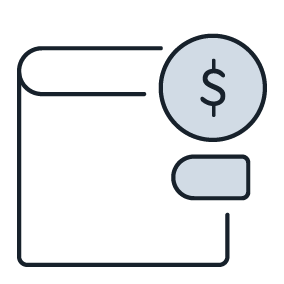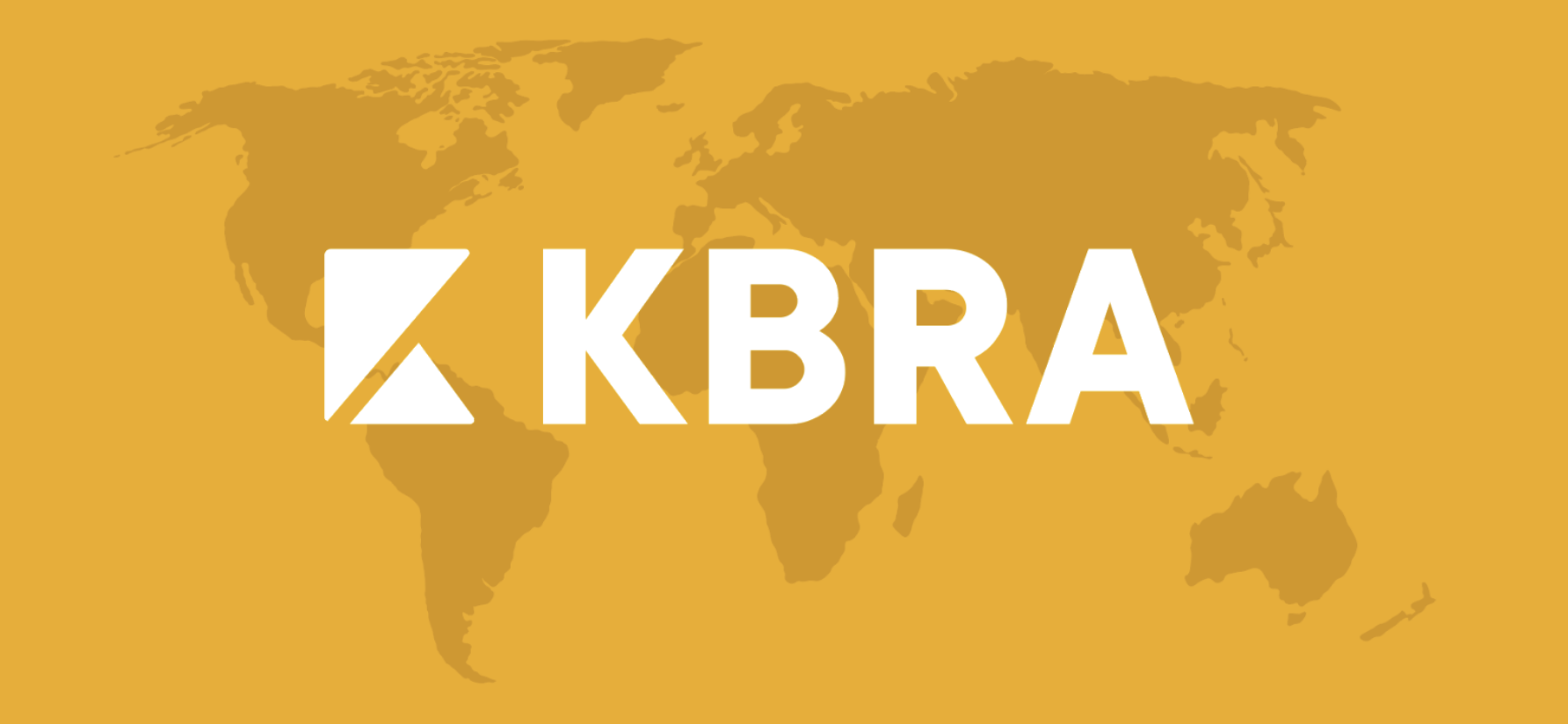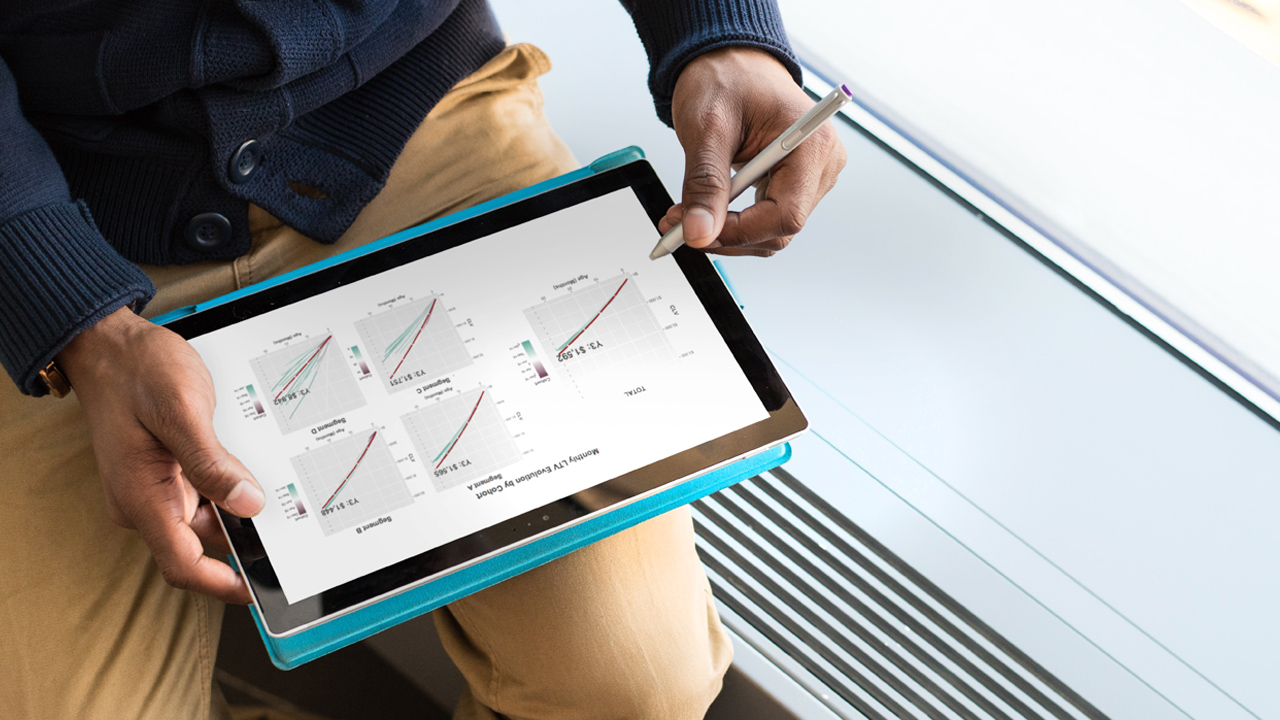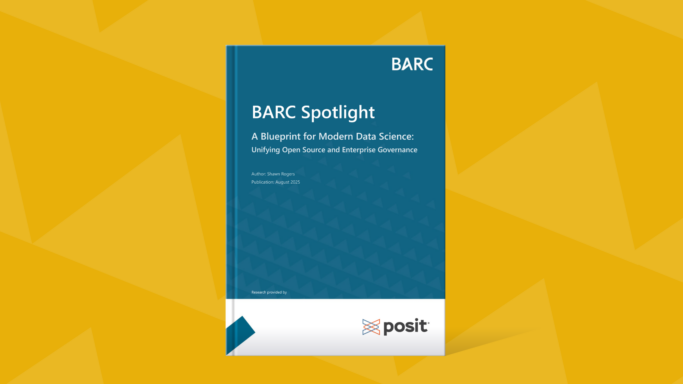BANKING
Reduce risk, control costs, and increase efficiency in banking & capital markets

The Power of Snowflake and Posit Workbench: Macroeconomic Data Exploration in the Cloud
Use cases
When the status quo is too slow, Posit helps financial institutions deliver innovative insights quickly and securely.
Credit Risk Modeling

Current credit risk decisions are plagued by slow, manual assessments subject to inconsistencies and biases, outdated models, and inefficient data handling. Posit helps data teams develop and deliver reliable and innovative credit risk modeling solutions quickly and securely.
Fraud Detection

Detecting fraudulent activity often happens after the fact, leading to losses, as data teams struggle with data silos, evolving fraud tactics, and high false positives. Posit helps data teams access the latest cutting-edge methods via Python and R. This makes it easy to develop and deliver solutions as fast as possible to stop fraud before it happens.
Investing

“Quants” or quantitative analysts develop models to forecast market trends and help portfolio managers make investment decisions. This means aggregating large amounts of information from disparate sources and packaging insights into a deliverable product before market conditions change. Posit helps data teams quickly build and deliver cutting-edge forecasting and time series solutions using state-of-the-art packages for financial analysis.
Key benefits
Posit helps data teams in banking and capital markets accelerate decision-making
Posit helps data teams in banking and capital markets access necessary resources, write code, and inform critical decisions faster.
Posit helps financial institutions reduce operational risk and improve risk modeling by allowing data teams to use the best modeling methods in Python and R, securely.

Posit helps financial institutions save money by reducing legacy software subscriptions, avoiding costly data errors, and automating slow business processes.

Testimonial
"In the past, we would build a model, create a PowerPoint presentation and then schedule a meeting with our stakeholders to get feedback. Now, we can build our model and put out a working version on Posit Connect either as an API or as a Shiny app to get feedback in real time from stakeholders."
Matt McDonald
Senior Managing Director at KBRA
Success stories
Posit helps financial institutions deliver innovative insights quickly and securely.
Customer Story

KBRA
KBRA is a full-service global rating agency providing trusted credit ratings and research through an innovative approach.
Customer Story

Trillium
Trillium accelerates insight delivery by over 50%, from personalized trader reports to front-end dashboards.
Customer Story

Two Six Capital
Posit open-source and professional products allow Two Six Capital data scientists to slice and dice billions of rows of data on the fly, eliminate manual processes, explore unseen business drivers, and communicate findings effectively...
Customer Story

Snap Finance
Building robust, modular dashboards with internal packages, Posit Package Manager, and Posit Connect.
Resources
Blog

Embracing open-source data science for smarter financial risk decisions
Discover how open-source data science empowers financial institutions to enhance risk management through greater transparency, agility, and collaboration.
Blog

Five essential models for data scientists in finance
These five models represent a valuable starting point for data professionals entering the financial domain.
Analyst report

A Blueprint for Modern Data Science
This BARC Spotlight report examines why the next stage of maturity for enterprise data science requires integrating open-source flexibility with centralized security, governance, and collaboration.